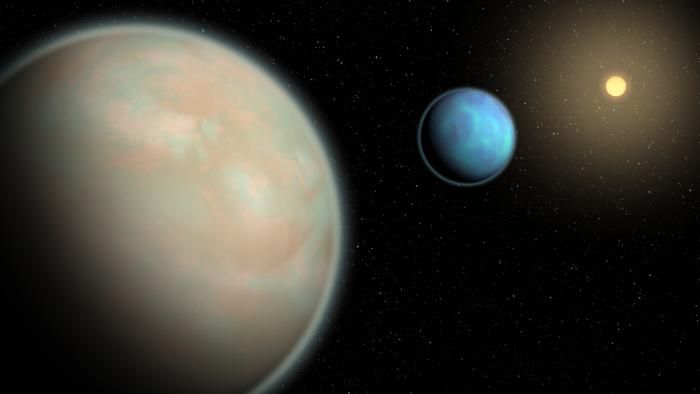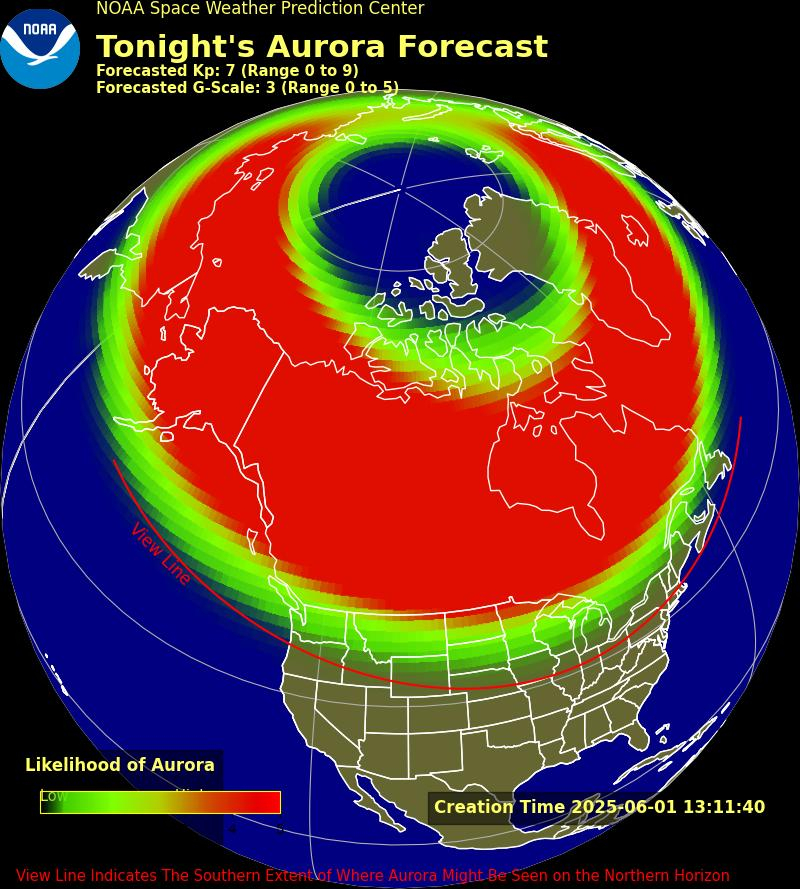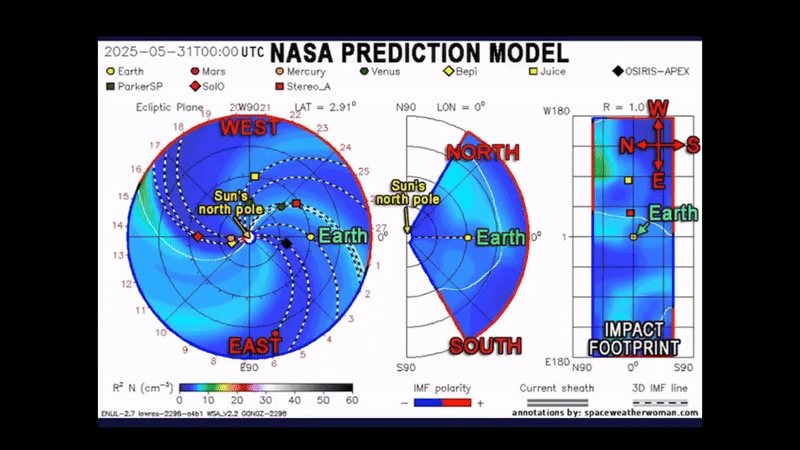
One of the primary tasks of the James Webb Space Telescope (JWST) is to scan the atmospheres of exoplanets for signs of habitability. And, as far as we know, water is necessary for life. So naturally, detecting the presence of water in and around alien worlds is a high priority for planetary scientists. There is, however, one problem.
Getting a clear, unfiltered view of what might be present in exoplanet atmospheres can be difficult due to the presence of something seemingly trivial — haze. It’s likely that organic hazes of various chemical compositions lurking in the skies of exoplanets might affect our ability to detect water and other tell-tale signs of habitability. Luckily, researchers have been simulating these hazy conditions in Earth-based laboratories, which will hopefully help scientists identify and model how water in the atmospheres of exoplanets may form and evolve.
“Water is the first thing we look for when we’re trying to see if a planet is habitable, and there are already exciting observations of water in exoplanet atmospheres. But our experiments and modeling suggest these planets most likely also contain haze,” Chao He, a researcher at Johns Hopkins University and lead author of a study on these simulations, said in a statement.
“This haze really complicates our observations, as it clouds our view of an exoplanet’s atmospheric chemistry and molecular features,” He added.
Related: NASA’s exoplanet-hunting telescope spies 8 ‘super-Earths’
Specifically, the researchers were interested in how hazes might affect the optical properties of spectra emitted from exoplanets that host water in their atmospheres. The team conducted experiments in a custom-designed chamber to see how hazes might form on such watery planets, and investigate how these hazes might distort observations of what important substances might exist in exoplanet’s atmospheres.
The team created two gas mixtures consisting of water vapor and other compounds thought to be common among exoplanets. The researchers then subjected the gas to ultraviolet light, in an effort to replicate how light from a nearby star would affect the chemical reactions of gas in an exoplanet’s atmosphere. From here, they measured how the light interacted with particles in the chamber to get an idea of how exoplanet spectra might be influenced by such haze.
Related Stories:
Interestingly, the resultant data matched the chemical signature of a well-studied exoplanet called GJ 1214 b, pointing to the fact that organic haze may be skewing some of our observations of different planet’s atmospheres.
Researchers are aware that there is a wide variety of exoplanets with differing atmospheric chemical compositions, and so they are planning to create more lab-made haze “analogs” to further understand how this planetary feature might be influencing observations taken from our Earthling vantage point, and therefore our Earthling conclusions about habitability on other worlds.
The research was published on Nov. 27 in the journal Nature Astronomy.


